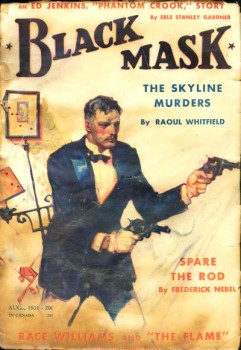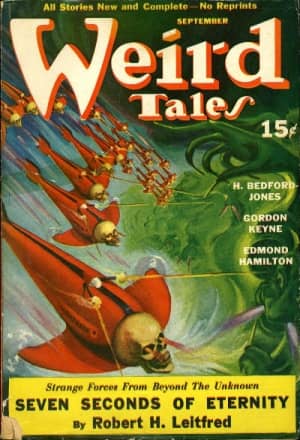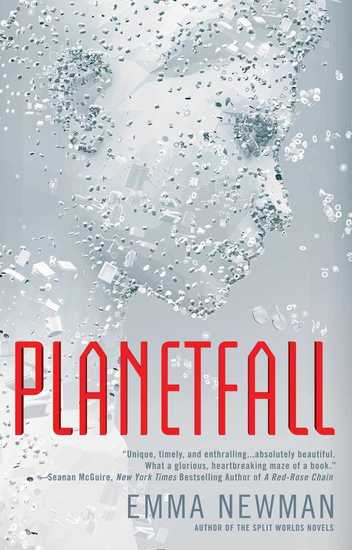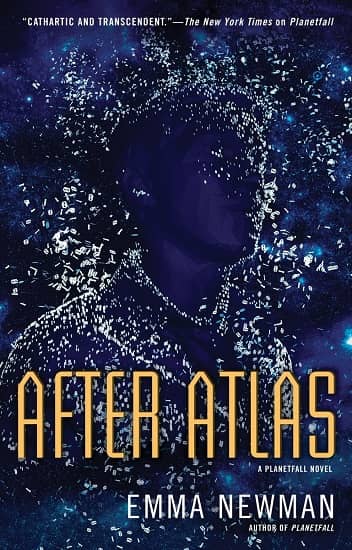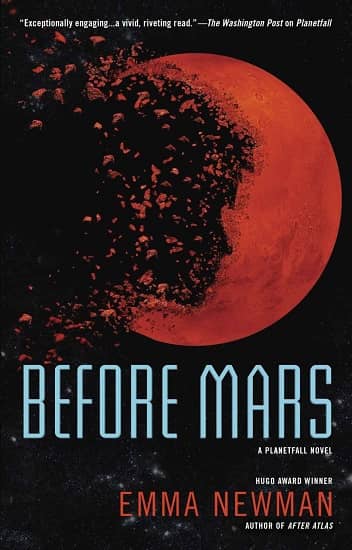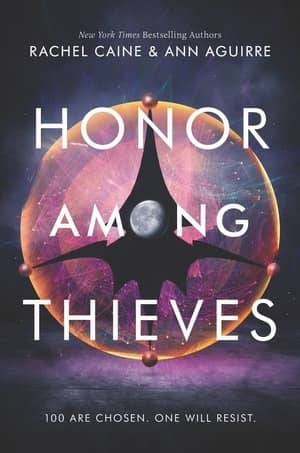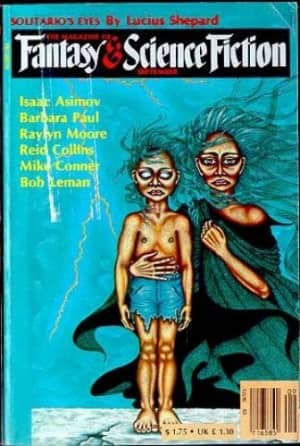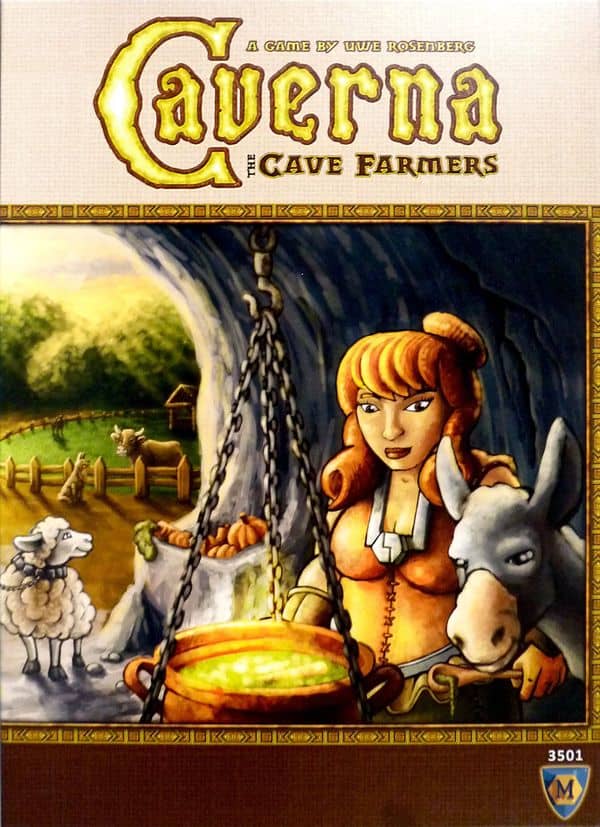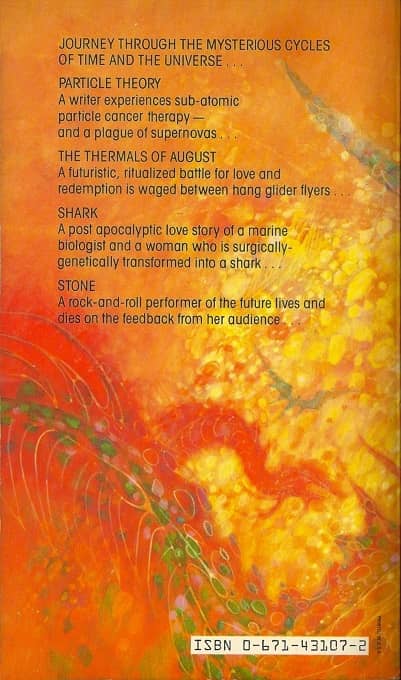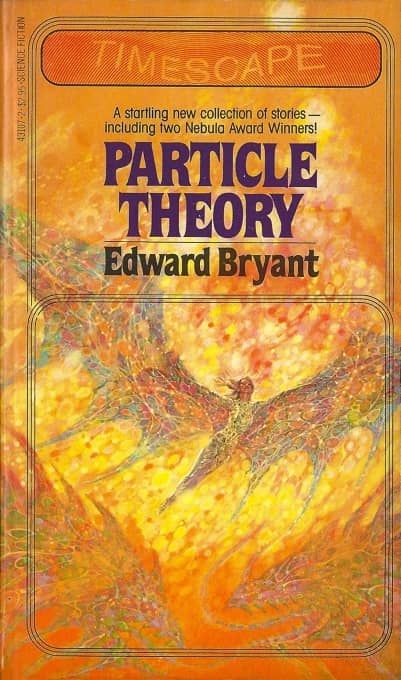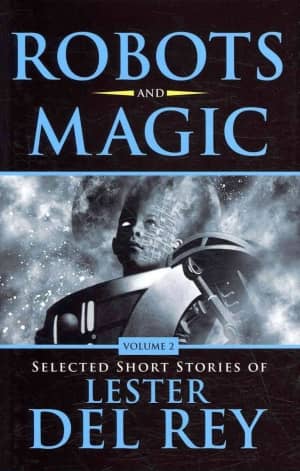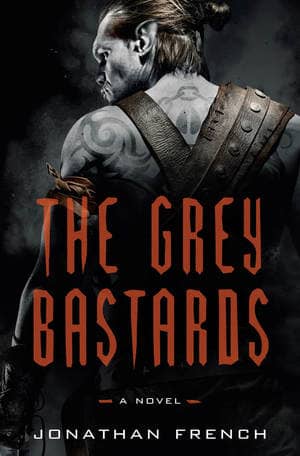Visit a Post-Apocalyptic South in Christopher Rowe’s Telling the Map
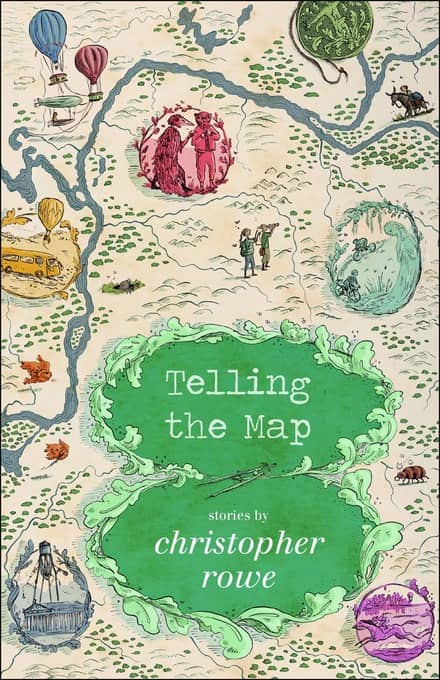 |
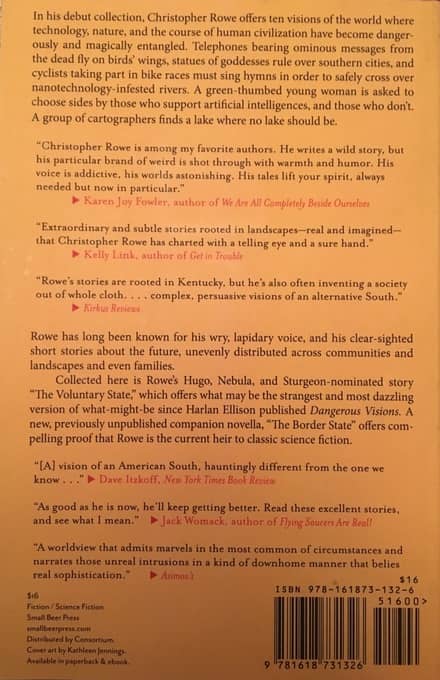 |
I use a lot of resources — blogs, reviews, online bookstores, and more — to help me identify the books I should pay attention to every month. Most of them focus on novels though, and more and more often I’m finding that podcasts are the most reliable way to discover everything else. Case in point: last week, while re-listening the Gary Wolfe and Jonathan Strahan’s 2017 end-of-the-year wrap-up for the Coode Street Podcast, I learned I’ve somehow overlooked Christopher Rowe’s Telling the Map, which both Gary and Jonathan selected as the best collection of the year. I ordered a copy immediately, and I hope to dig into it this week. Here’s what they said.
Gary Wolfe: These are terrific stories. It’s a kind of southern, post-apocalyptic south, a part of the country that we don’t see often represented often in fiction at all. They’re very interesting, subtle fictions, and there was a major new long story… I discovered things in it that I didn’t know about.
Jonathan Strahan: I think there were two great collections this year, absolute stone cold classics… My favorite collection of the year as well, because it seems like we are clones, is Telling the Map: Stories by Christoper Rowe from Small Beer. Rowe has a wonderful writing voice, this sort of southern Kentuckian kind of writing voice that he brings to his stories, and he has a very localized, community kind of storytelling. His stories are very intimate, and they deal with average-seeming people dealing with average-seeming experiences in extraordinary circumstances… The major new novella that’s in the book, “The Border State,” which is the sequel to “The Voluntary State,” is without a doubt one of the finest novellas of the year… I loved that book very much.
“The Voluntary State,” which appeared in Sci Fiction in May 2004, was nominated for the Sturgeon, Hugo, Locus, and Nebula awards for Best Novelette. Listen to the complete podcast — which is crammed with tons of great recs for best novel, novella, anthology, and non-fiction book of 2017 — here.
